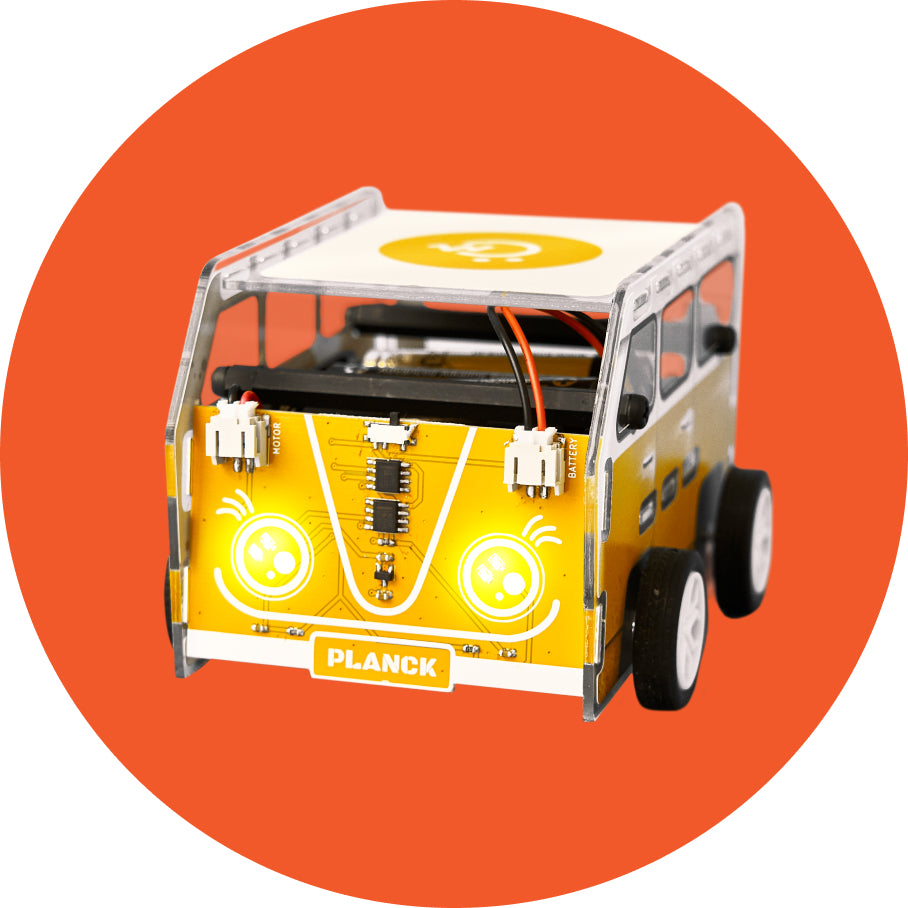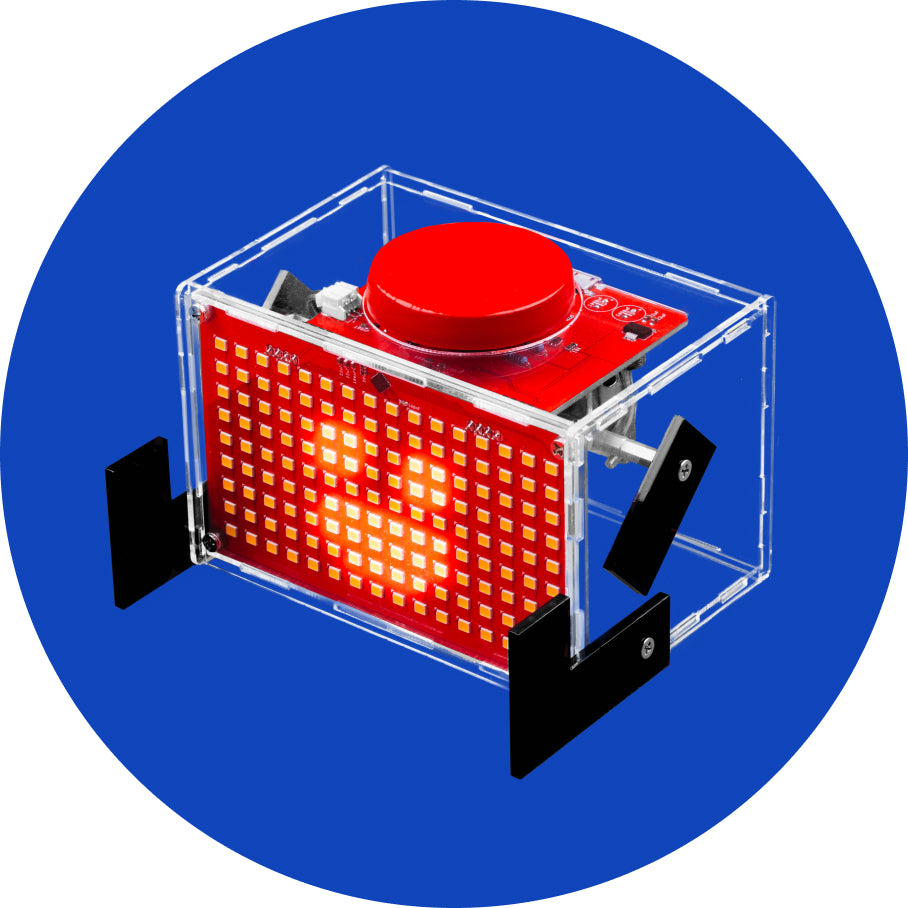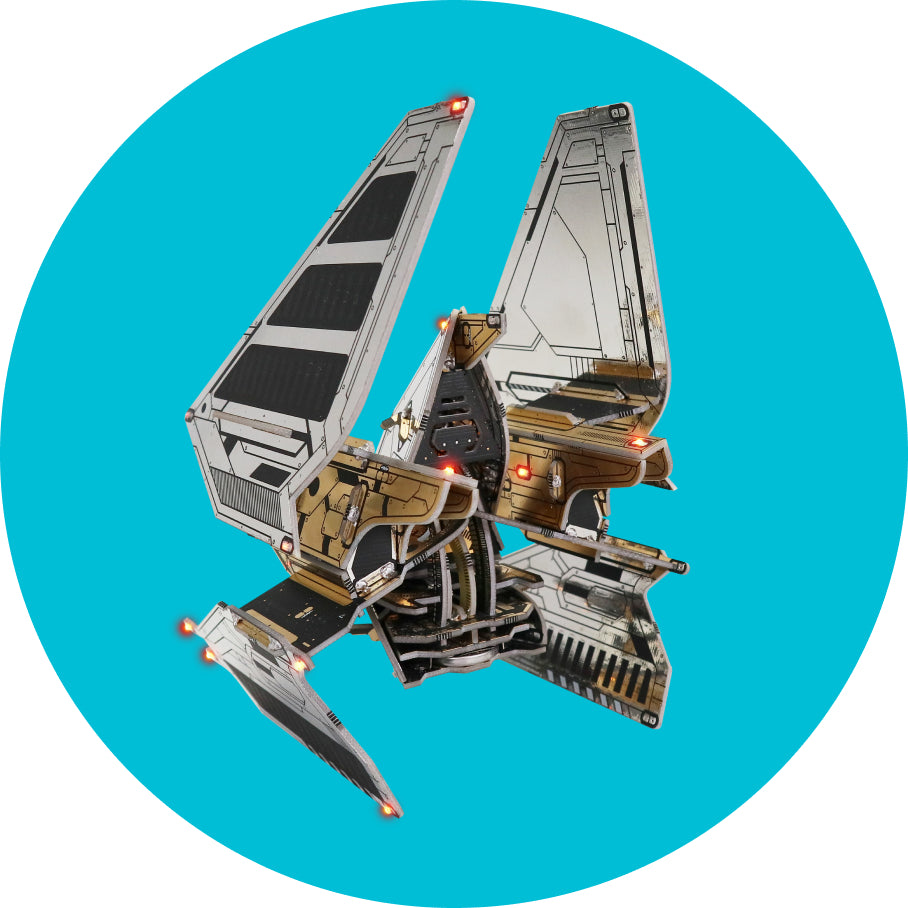Electronics 101
Let's learn something about the components you've got!
1. Circuit board
The purple thingy you've gotten in your kit is called a circuit board.
Professionals call this a printed circuit board or PCB.
A PCB is a laminated sandwich structure of conductive and insulating layers.
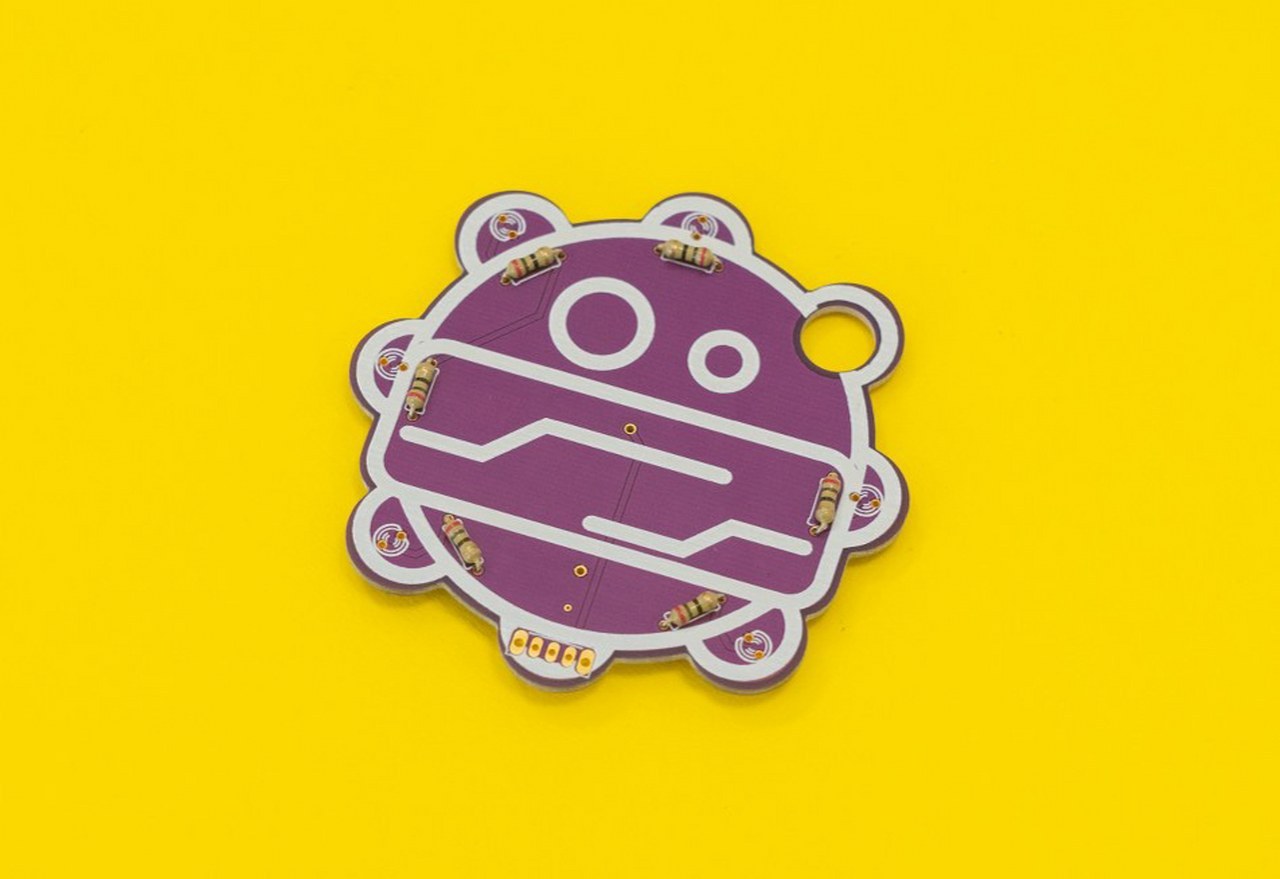
What does it do?
Your circuit board has two functions:
- It holds all the electronic components in place.
- It provides electrical connections between the electronic components.
Because of the circuit board, all electronic components can work together as a team.
What are those tiny lines on my circuit board?
They allow electrical charges to flow between components. This way, electronic components are powered, and they can do clever stuff using electricity.
What is my circuit board made of?
Circuit boards are usually made out of fiberglass-reinforced epoxy-laminated sheets
These are also referred to as “FR4” sheets.
The FR4 sheets are used as the insulating non-conductive material, and copper is used as a conductive material.
If material is conductive, it conducts electricity; electrical charge can flow through that material easily.
FR4 and copper are both sandwiched together in thin sheets, and that’s how you get a circuit board.
Where are PCBs used?
They’re used everywhere! In your phone, in your laptop, in your refrigerator, air conditioner. Basically, every electronic device you use has a unique printed circuit board that makes it work.
Did you know?
A PCB is one of the most important inventions of the last 100 years.
Space travel wouldn’t be possible without them.
PCBs were invented by Paul Eisler.
He invented it in the 1930s, but the predecessors of modern-day PCBs have been around since the age of gramophones and vacuum tube radios, just in a somewhat different form.
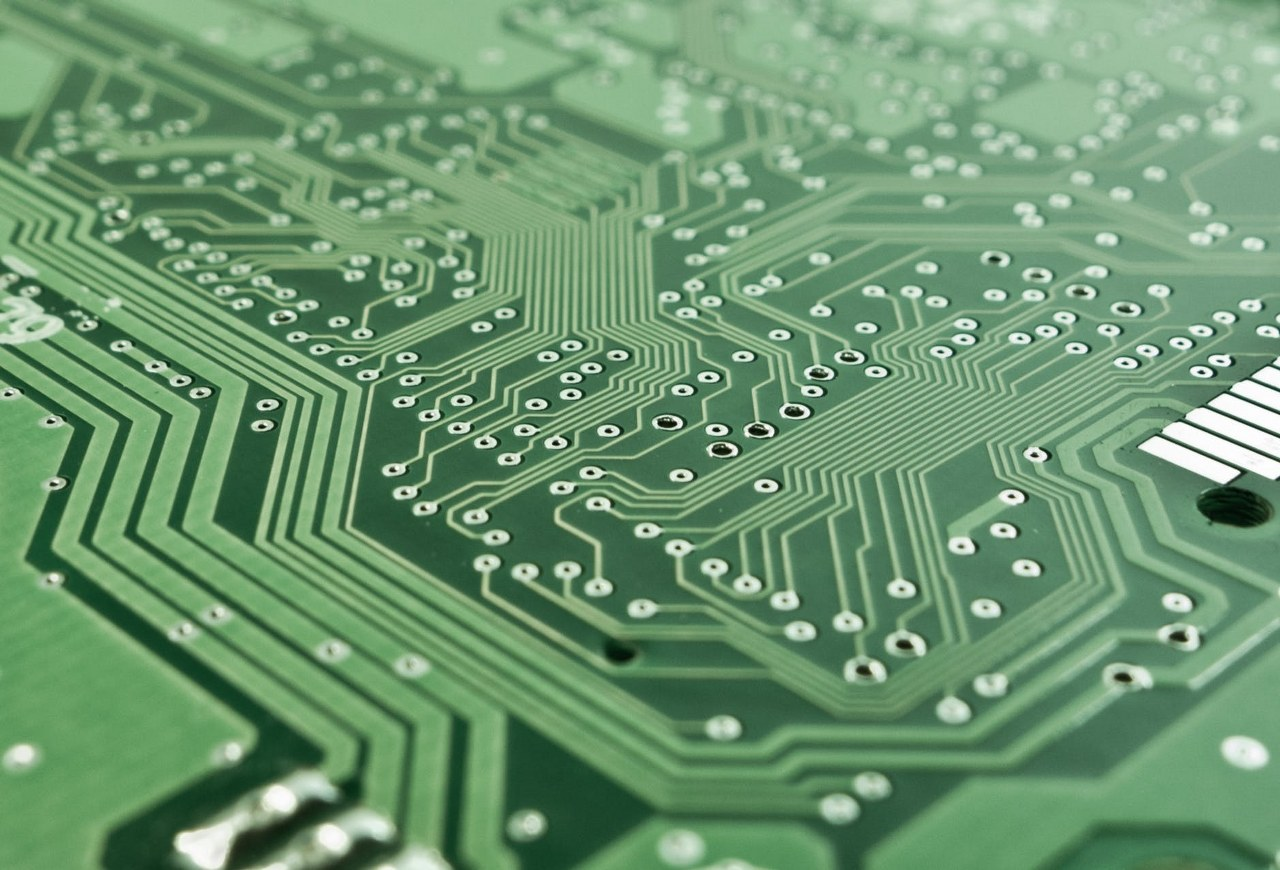
2. Resistors
Resistors are the most basic electronic components found in almost every electronic device.
They fall in the category of passive electronic components.
Passive electronic components do not generate electrical power and do not need electrical power to work.
They just modify the flow of electrical energy in their own unique way.
Resistors that you have gotten in your package have a cylindrical shape and two tiny metal legs.
We call these legs “component leads”.

Resistance
Resistors have a property of resistance - they lower the amount of electrical energy flowing through the circuit. They “resist” the flow of electrical energy.
The unit of resistance is called ohm and it was named after German physicist Georg Simon Ohm.
Resistors are used for tasks such as adjusting the flow of electricity through an electronic circuit.
The exact value of a resistor is measured with a device called an ohmmeter.
Can we compare it to something we see in everyday life?
If we make an analogy to water flowing through pipes, the resistor is a thin pipe that reduces the water flow.
Scientists and engineers have come up with different symbols for each and every electronic component.
This is an electronic symbol for a resistor:
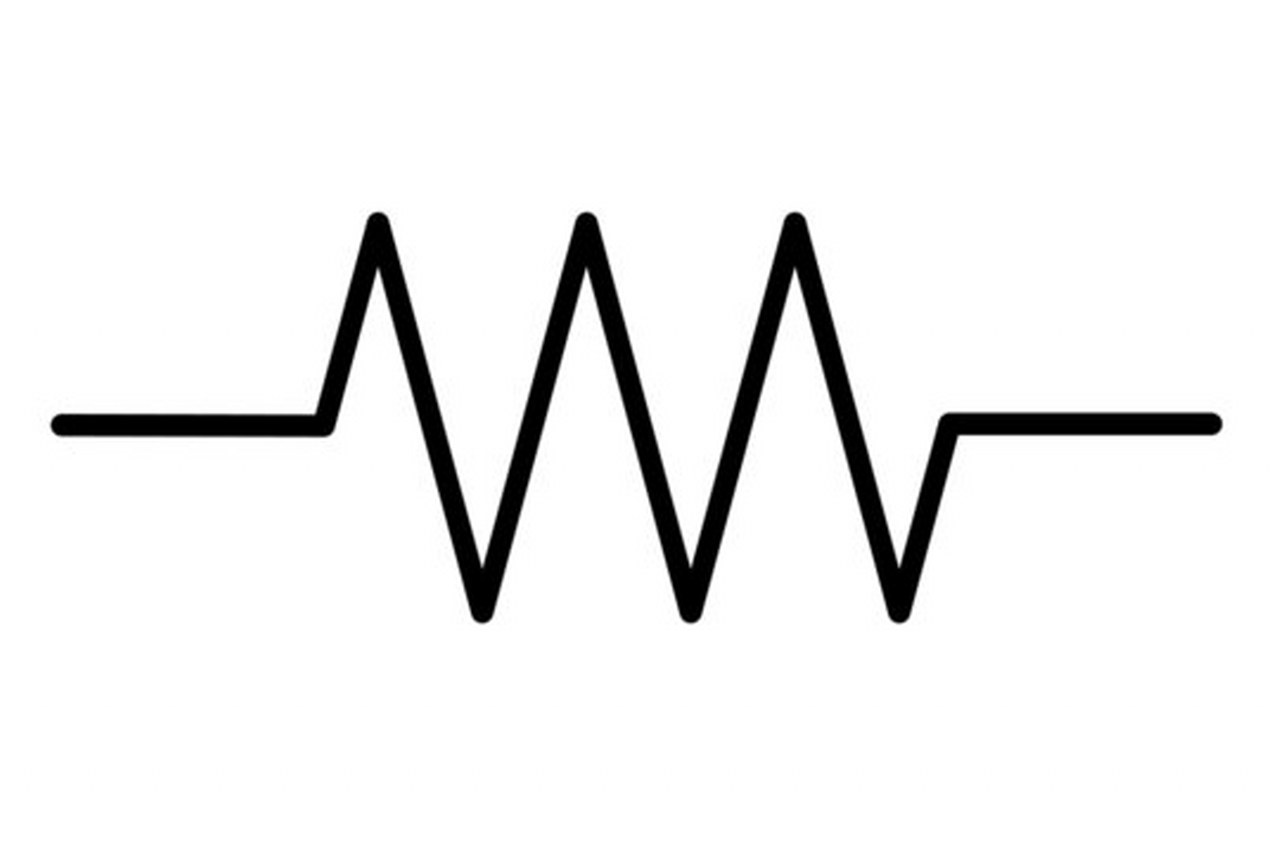
This is Georg Simon Ohm:
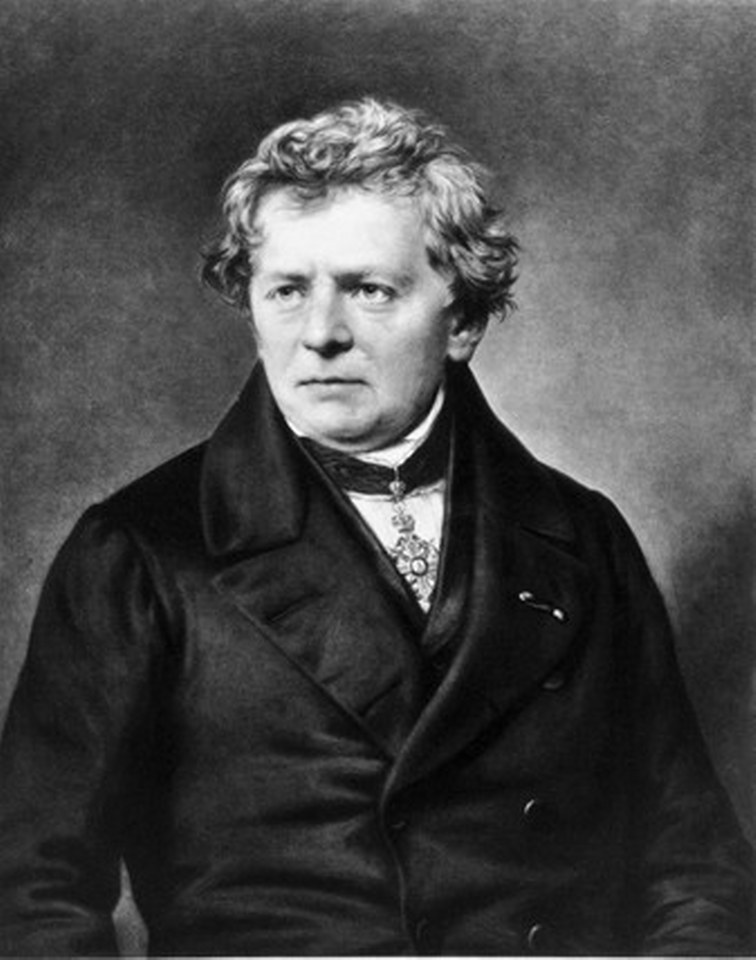
3. 3V coin cell battery
A battery is a source of electric power consisting of electrochemical cells.
Every battery stores chemicals. These chemicals cause chemical reactions and generate electrical energy.
This battery is made out of a material called lithium.
Do you see the tiny “3V” written on the battery?
This is read as “three volts”.
Volts are the units used to describe electrical voltage.
You will see the number of volts written on almost every battery as it’s one of the most important pieces of information about the battery.
Voltage is a type of “pressure” that drives charge through an electrical circuit.
Different electronic devices have different batteries with different voltages.
For example, a mobile phone has a battery of 3.7 volts, and a car has a battery with the voltage of 12 volts.
Useful tip:
This particular battery size and model is called a CR2032 coin cell battery.
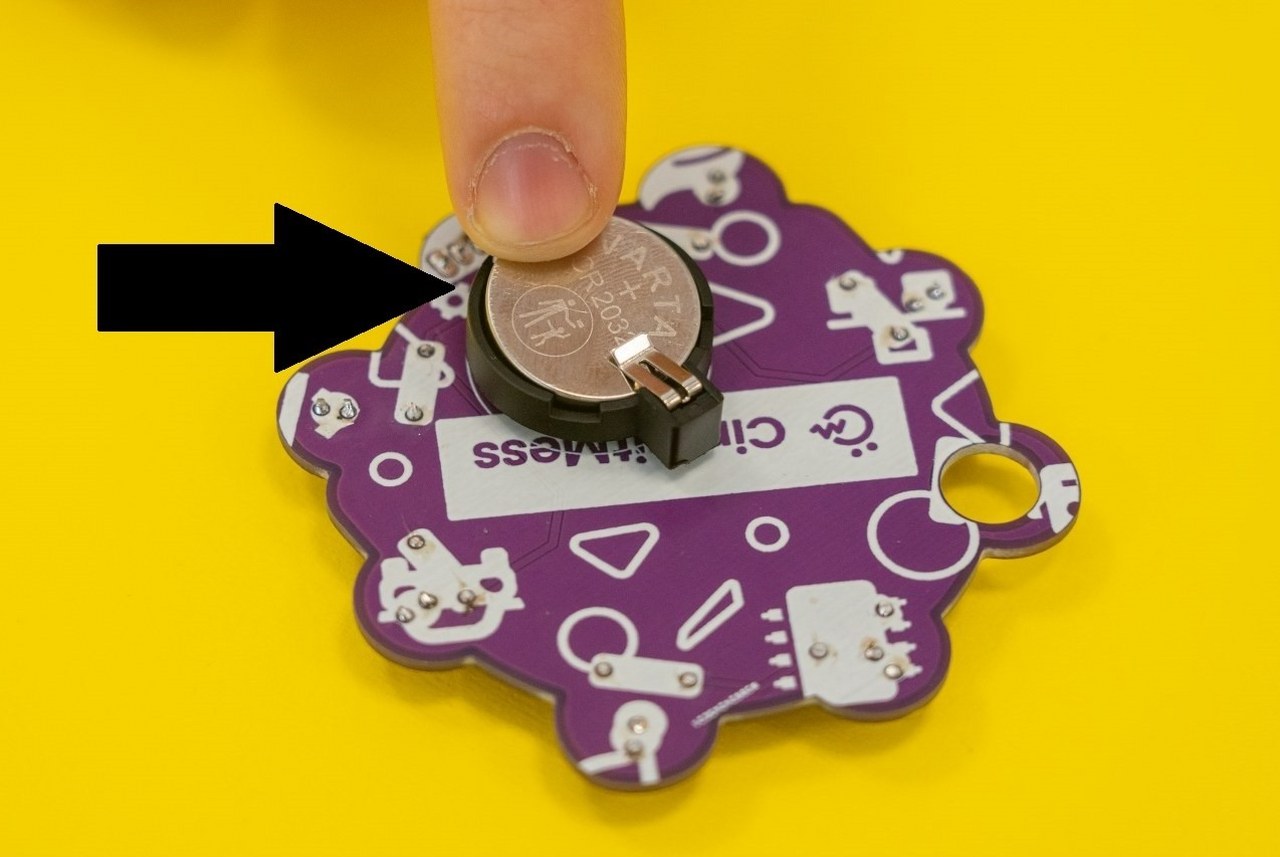
4. Battery holder
This battery holder is a plastic electronic component with two metal springy legs.
It is used for holding the coin cell battery in place and connecting it with the rest of the electronic circuit.
It is used for holding the coin cell battery in place and connecting it with the rest of the electronic circuit.
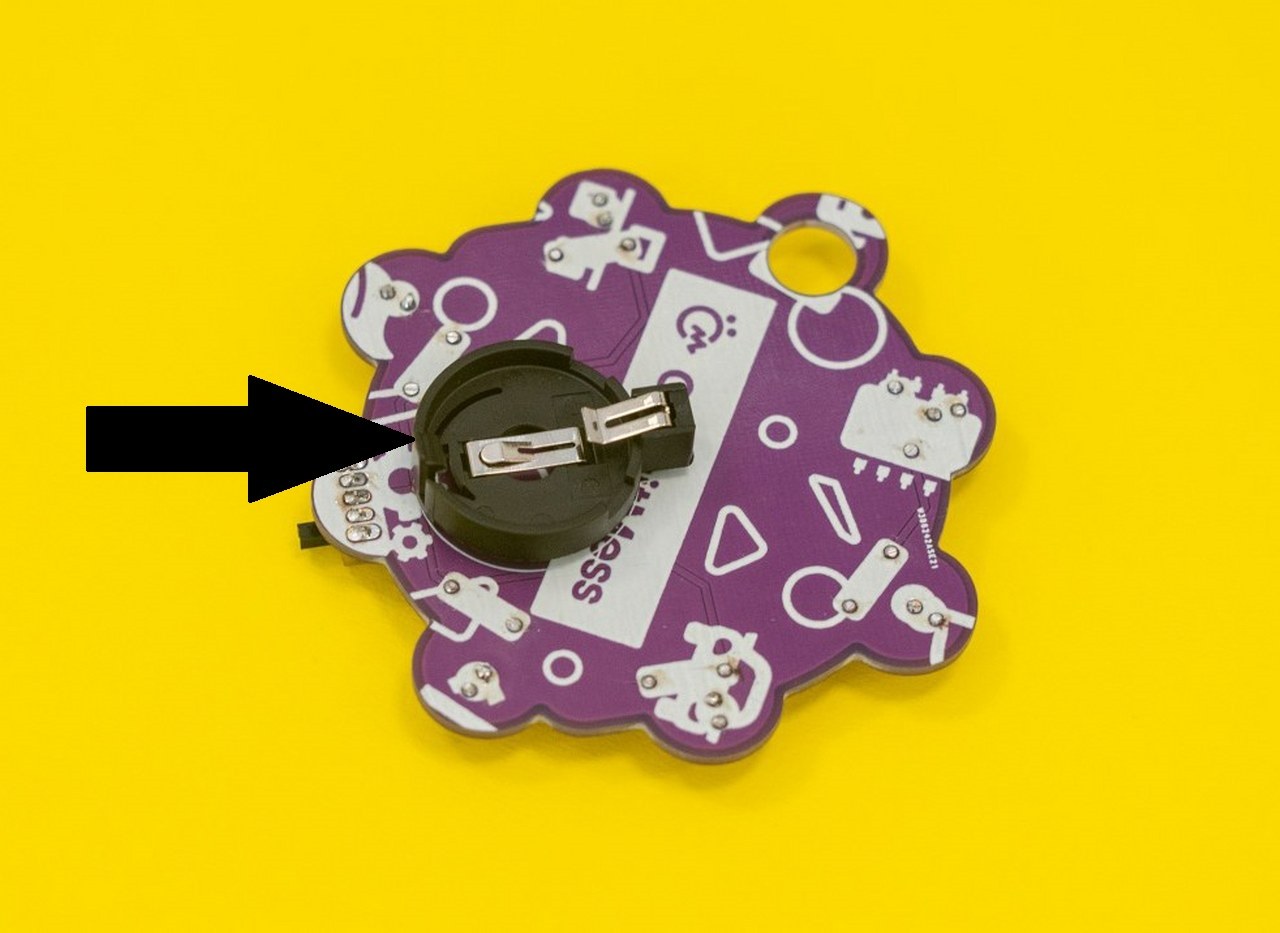
5. Switch
The switch you got in your kit helps you turn the device on and off. You can easily do so with one simple push.
A switch controls the flow of power to an electric device - in other words, it connects and disconnects an electrical circuit.
Switches are used in almost every electronic device. They are found in your mobile phone, computer, air conditioner, etc.
Historical fun fact:
An electrical switch was invented in 1884 by John Henry Holmes, who used it for turning lights on and off.
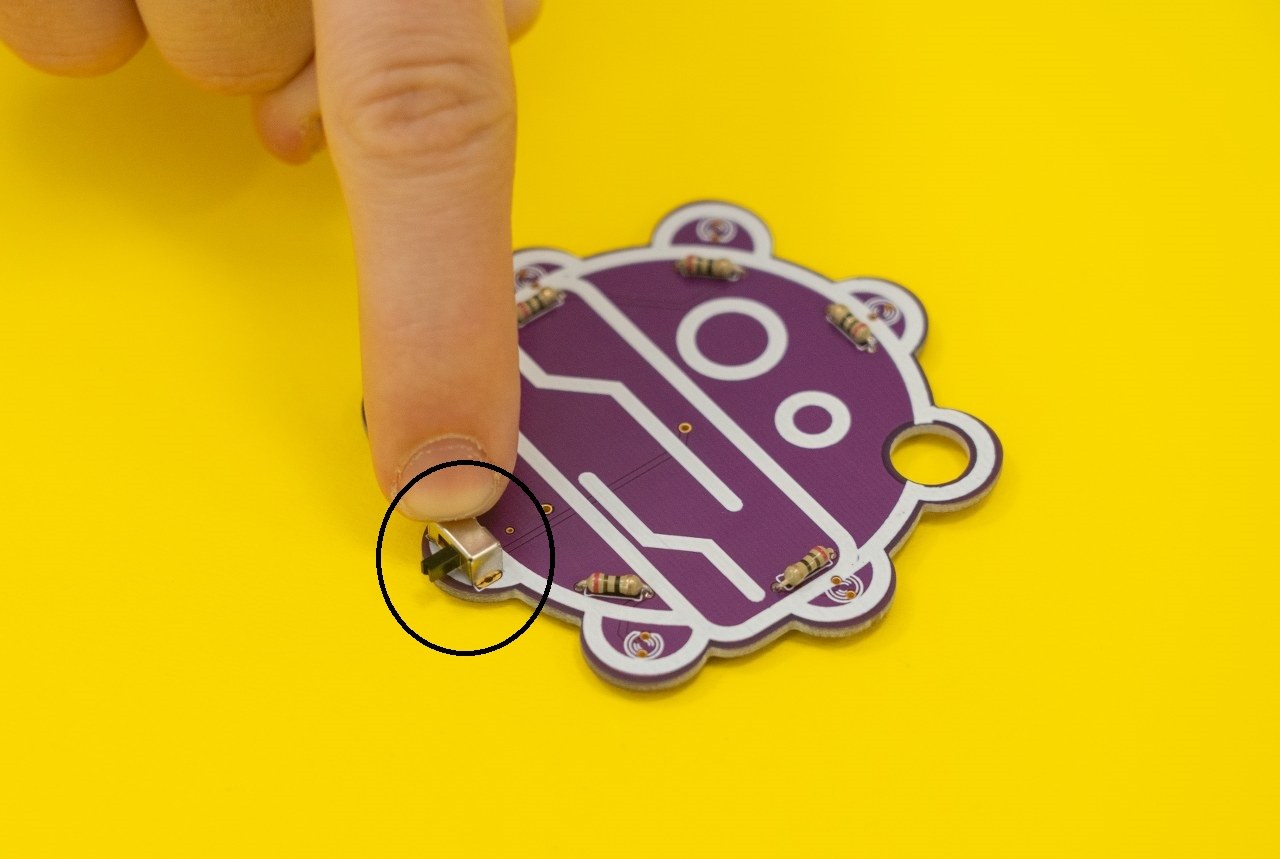
6. 3mm RGB LEDs with built-in color changing chip
The best part of BOB is the RGB LEDs that will give him a unique look - once you turn him on, he will light in different colors.
What do LEDs do?
LED stands for light-emitting diodes.
LEDs convert electrical energy into visible light.
This is an electronic symbol for a light-emitting diode:
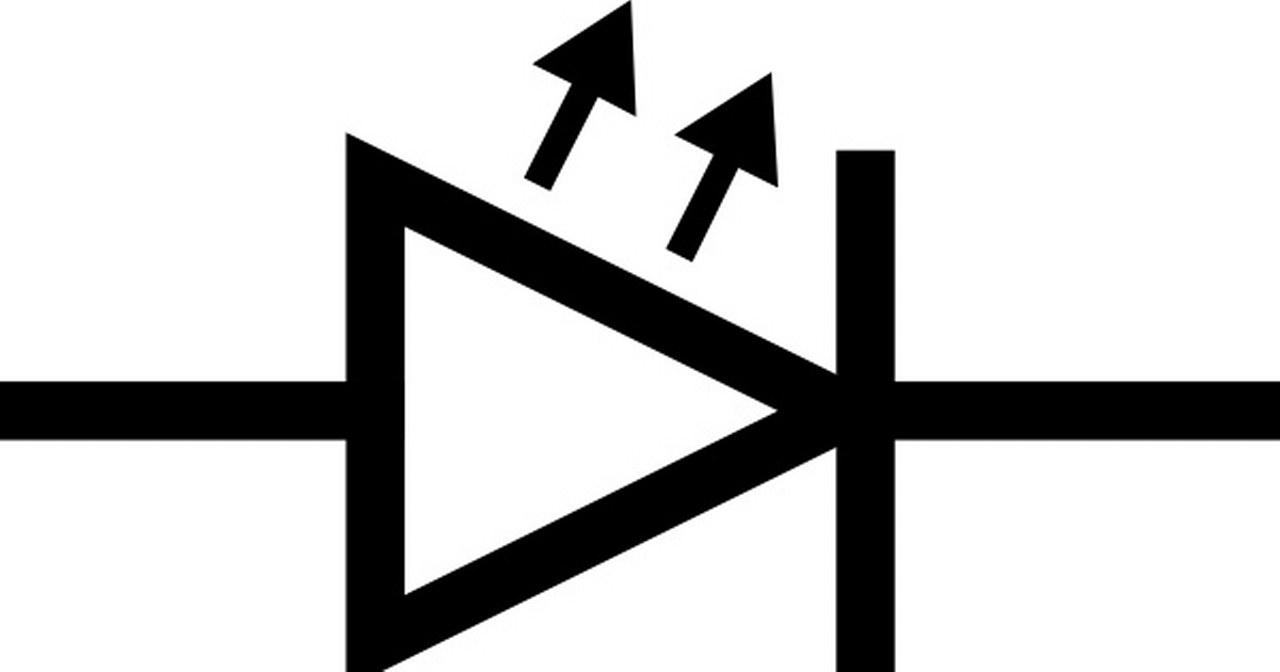
RGB in the name stands for Red, Green, and Blue.
This means that these particular light-emitting diodes can light up in three different colors.
These LEDs are very special because they have a tiny built-in color-changing chip. Look closely into an LED and you’ll see a black dot - the chip that controls the colors.
Please, make sure to put the LEDs in the circuit board properly!
Watch out - LEDs are polarized!
Light-emitting diodes (LEDs) are polarized.
This means that they only allow current to flow in one direction.
Because of this, you need to pay attention to how you are going to place your
LED in the electronic circuit.
The tiny metal legs of every LED are not the same length.
They mark polarity!
The positive leg is longer (we call this one the anode), and the shorter one is negative (this one has a funny name - cathode).
Electrical energy flows from the anode to the cathode and not in the opposite direction.
If you put the LED in the wrong way, it won't light up because the electrical energy will not be able to flow through it.
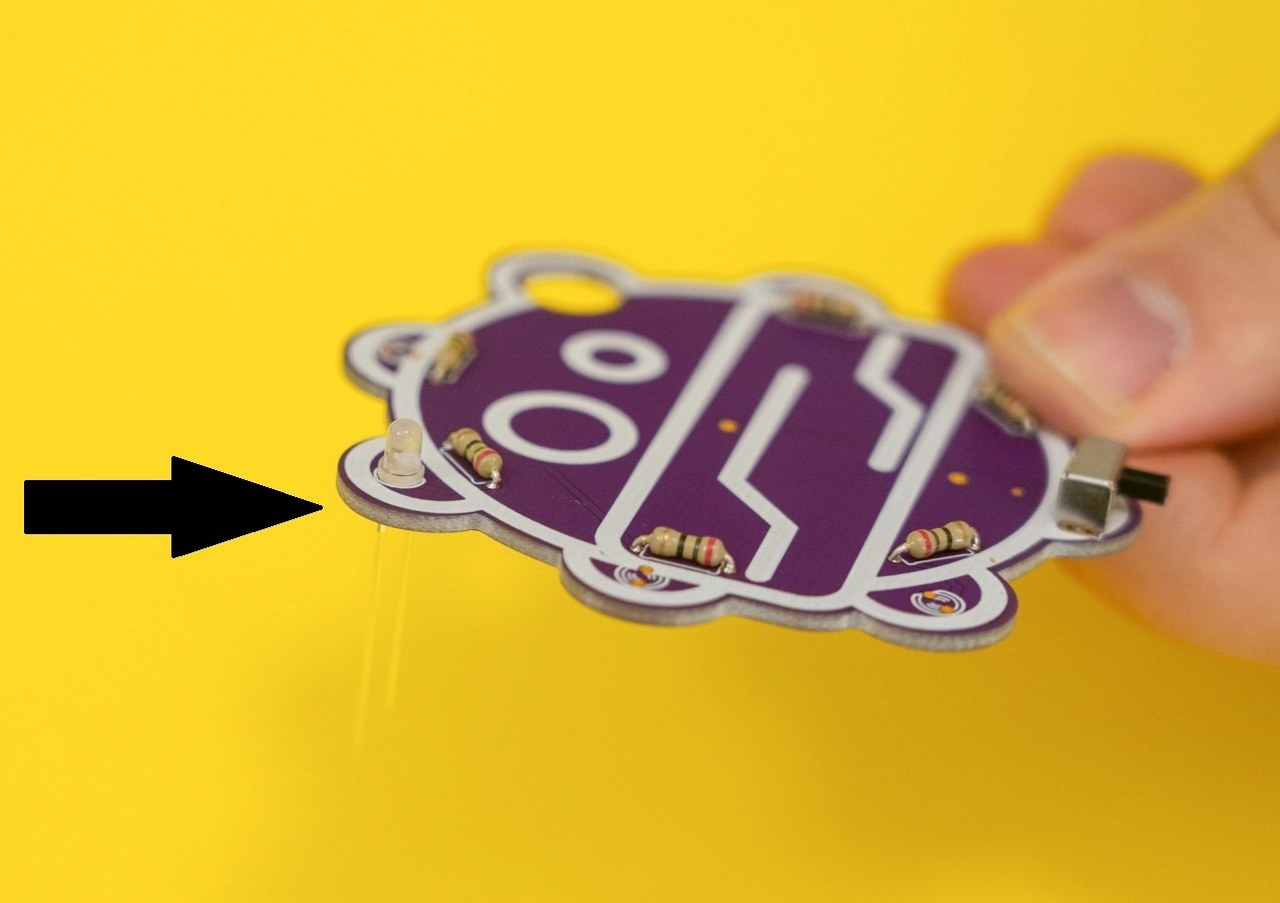
Resistors and LEDs make a great team!
LEDs can be damaged if they receive too much energy.
Oh no! The coin cell battery supplied with your BOB is too much for the poor little LEDs”.
But don't worry, we sent resistors to the rescue!
Historical fun facts:
A Russian inventor Oleg Vladimirovich Losev made the first LED in 1927.
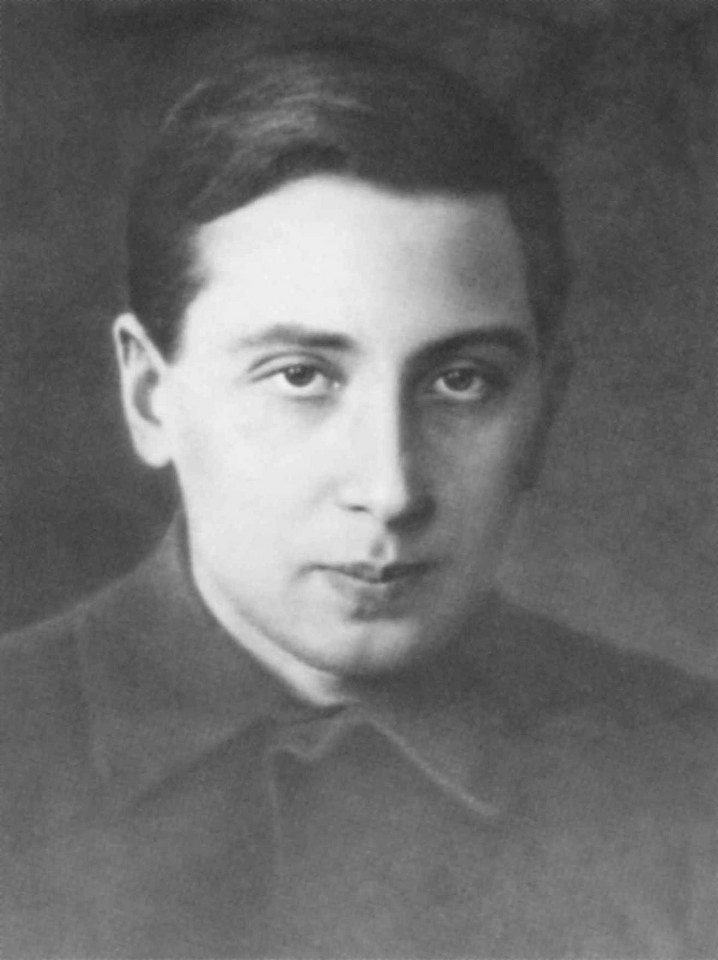
Did you know?
LED lightbulbs are the most efficient type of lightbulbs.
Unlike “regular” “old” bulbs (we call these incandescent lightbulbs), which release 90% of their energy as heat, LEDs use energy far more efficiently with very little wasted heat.

